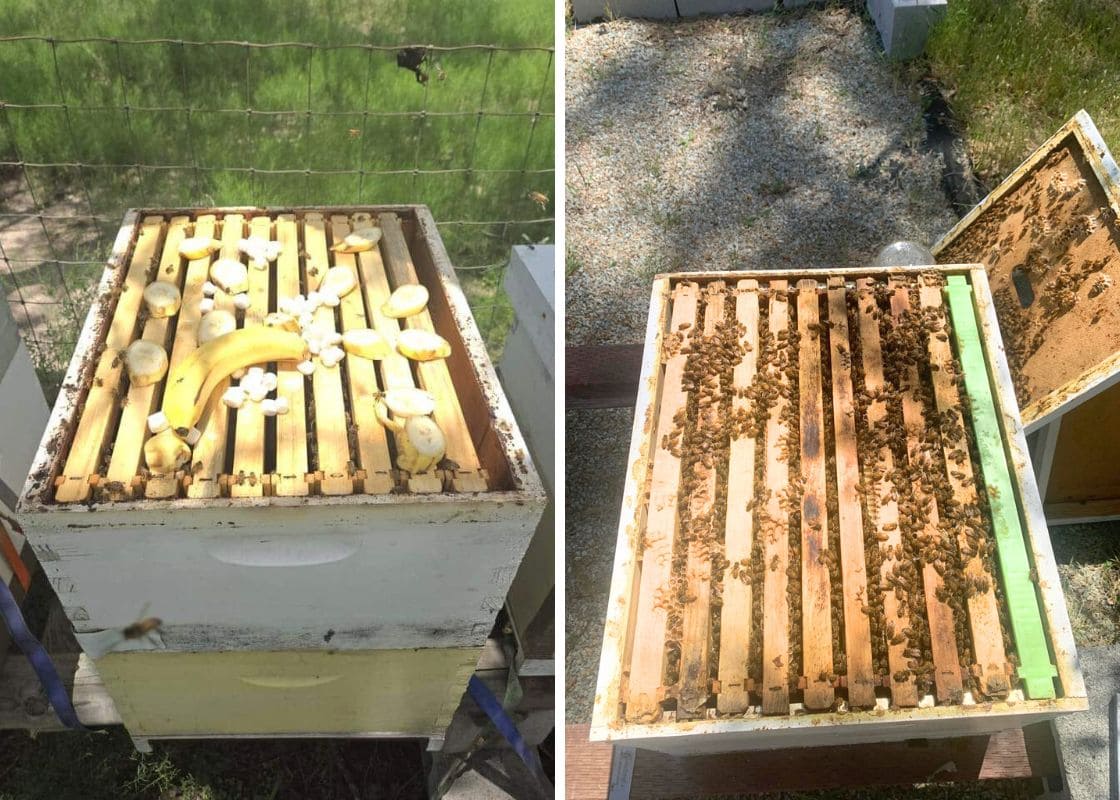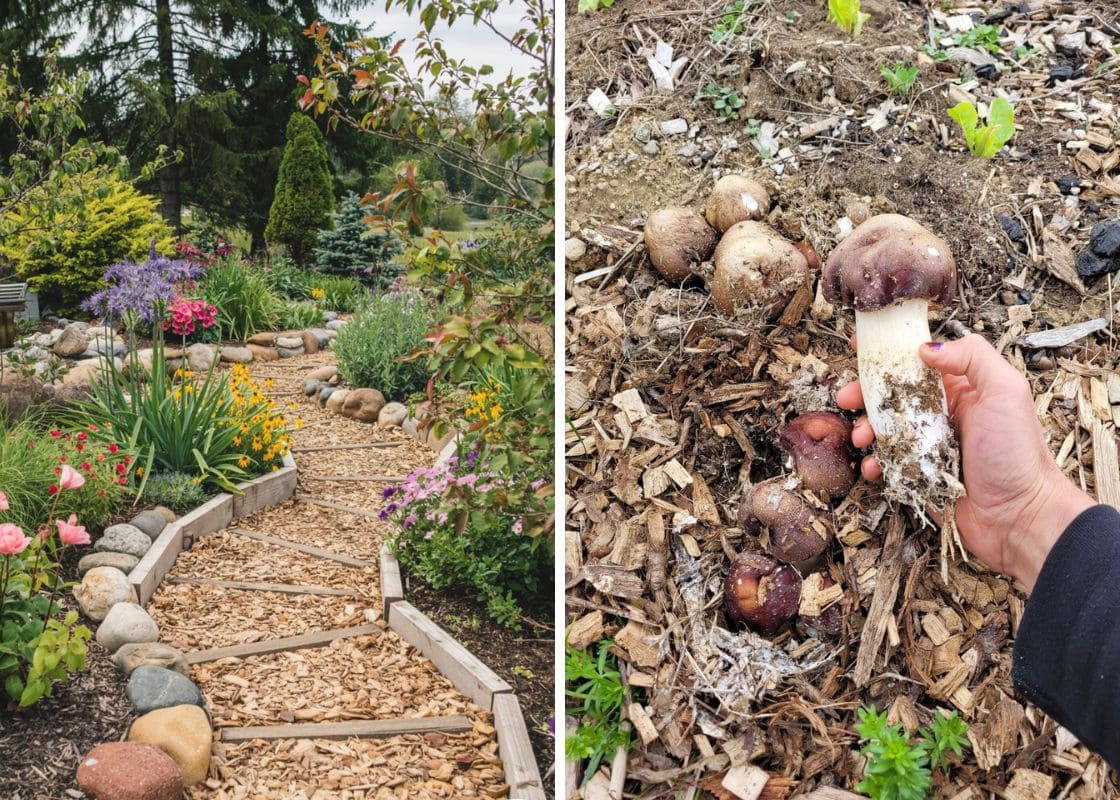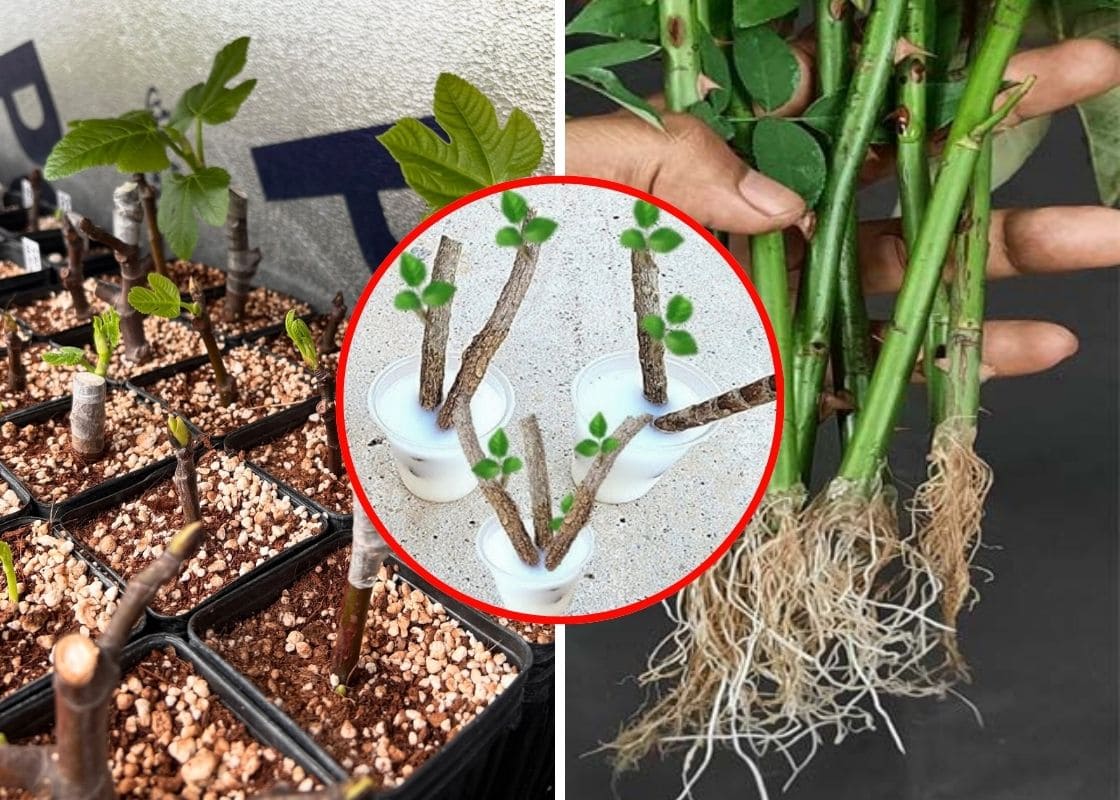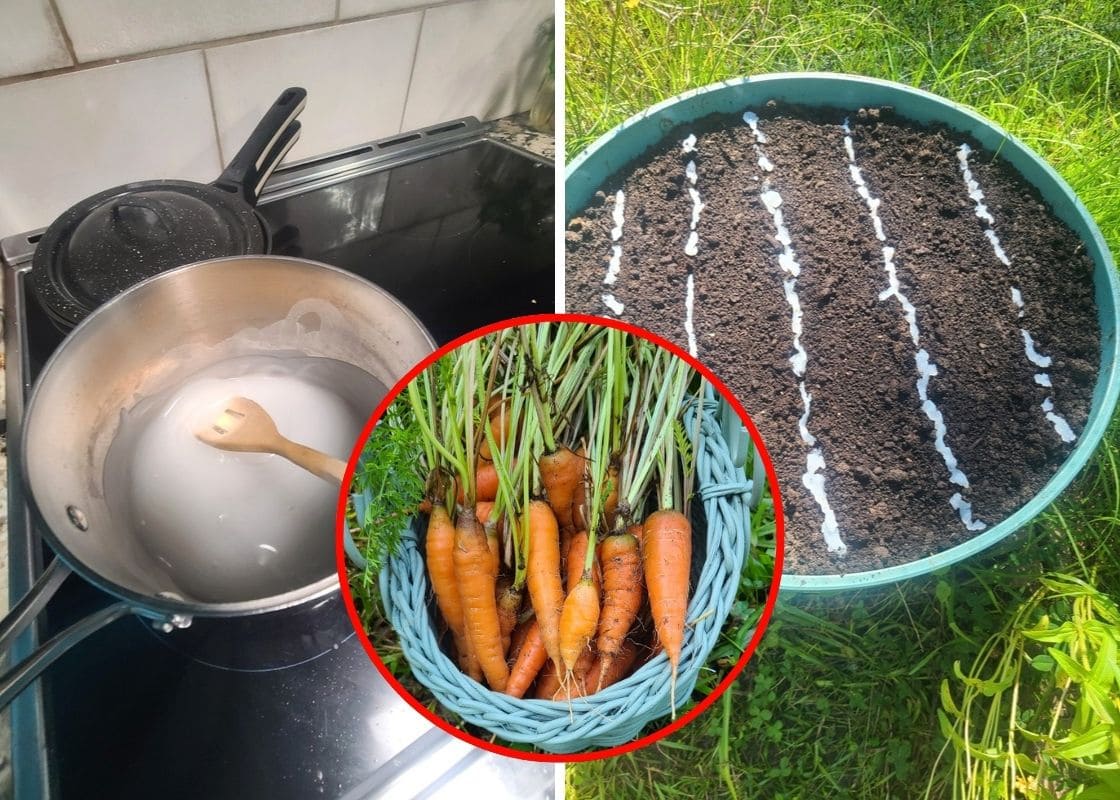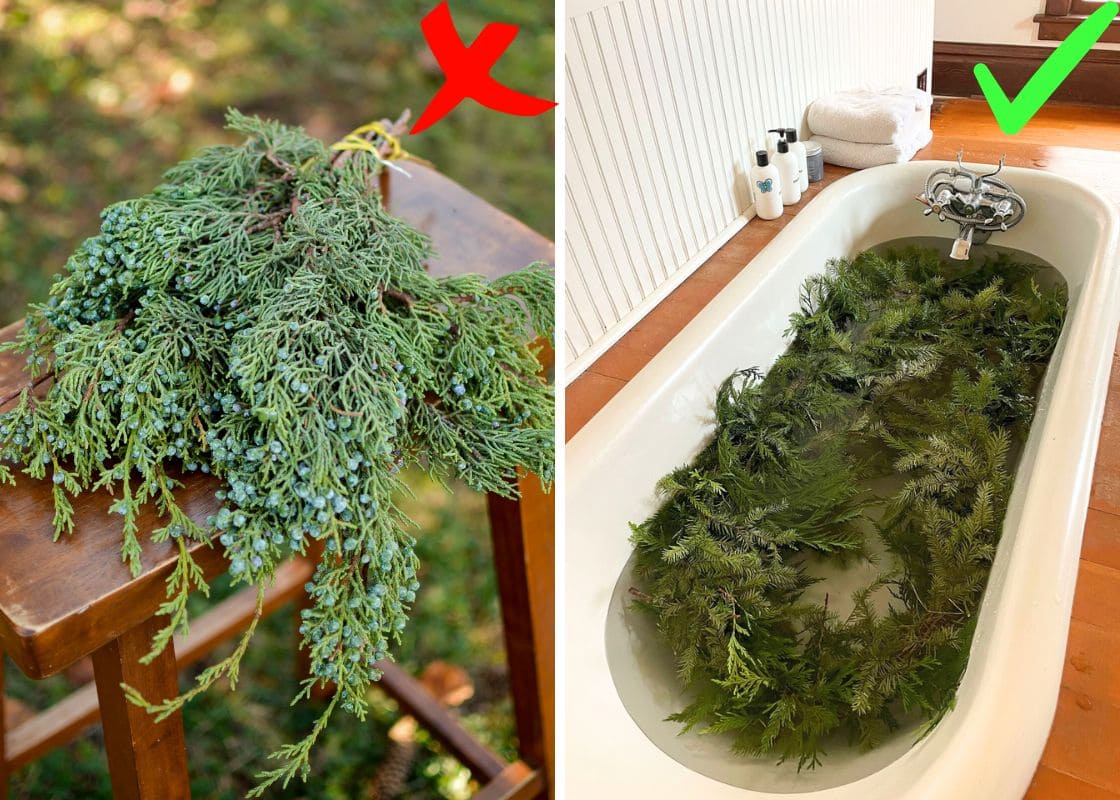There’s something wildly satisfying about slicing into a homegrown watermelon. But what if you don’t have a giant garden? Or you’re tired of sprawling vines taking over your entire yard?
That’s where the magic of pallet gardening comes in. With a little creativity, you can grow bountiful, sweet watermelons using old wooden pallets and it works better than you’d think.
I’ve tried it myself, and I’ll never go back. It’s practical, space-saving, and surprisingly beautiful. Let me walk you through exactly how to do it.
Why Pallets Are Perfect for Growing Watermelon

Watermelons love warmth and room to sprawl but they’re also susceptible to soggy roots, fungal disease, and poor air circulation. Pallets solve all that in one go.
By elevating the soil and vines, pallets offer better drainage and airflow. The structure naturally helps retain heat, giving watermelon roots the cozy warmth they adore.
And here’s the real bonus: keeping fruit off the ground helps prevent rot, pests, and misshapen melons. It’s a smarter setup, especially if you’re working with limited space or heavy, wet soil.
Choosing the Right Pallet
Not all pallets are garden-safe. You’ll want one that’s heat-treated, look for the “HT” stamp and free of stains or chemical smells.
Avoid anything marked “MB” (methyl bromide treated) as it’s toxic. Standard 40×48-inch pallets work best. Give it a good scrub, sand any rough edges, and you’re ready to build.
Best Watermelon Varieties for Pallet Gardens
Some watermelon varieties just grow better in a more compact setup. Here are a few favorites:
- Sugar Baby: small, fast-maturing, and packed with sweetness.
- Crimson Sweet: classic flavor in a manageable size.
- Bush Jubilee: bred for tight spaces.
- Golden Midget: turns gold when ripe, great for beginners!
You should stick to smaller or bush-type watermelons, and limit each vine to 1–2 fruits for maximum flavor.
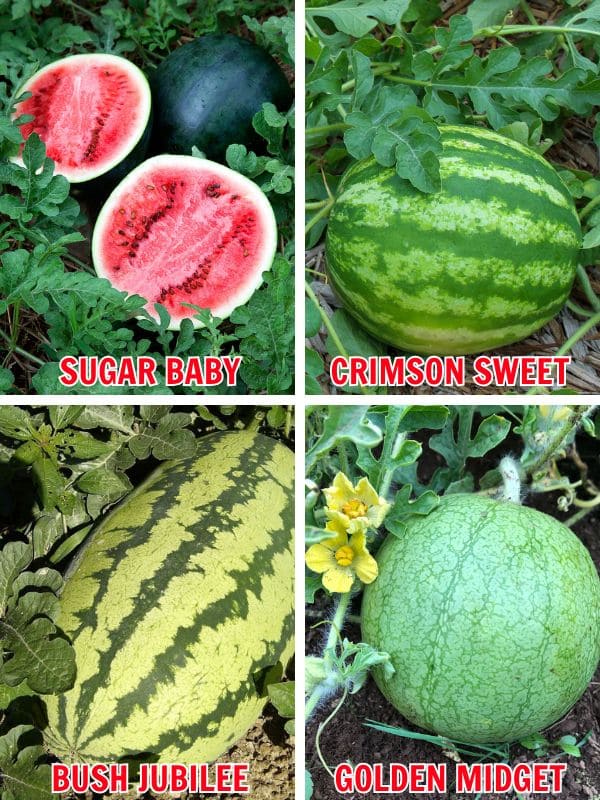
Prepping Your Pallet Garden
Start by lining the base of the pallet with breathable landscape fabric or weed cloth. This keeps the soil in and weeds out.
Then fill the inner pallet spaces with rich, well-draining soil, ideally a mix of compost, loamy soil, and organic matter.
Next, tilt the pallet at a slight angle toward the sun, or elevate one side slightly, to help with water runoff and warmth.
Planting Watermelon in Pallets
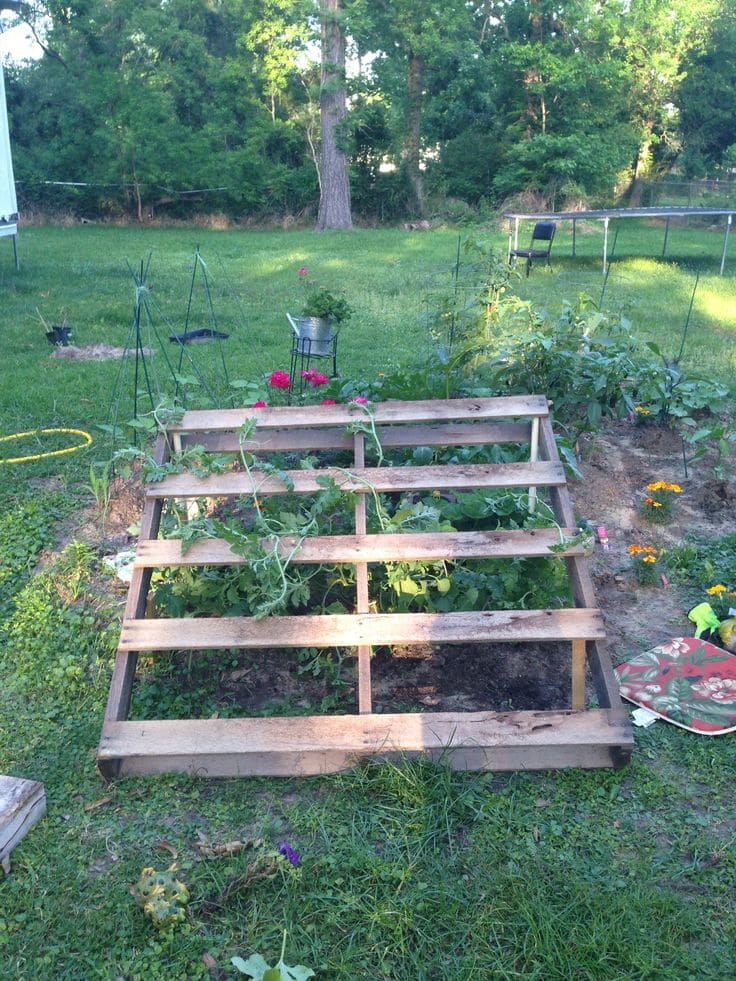
Once the risk of frost is gone and soil temperatures stay above 70°F (21°C), it’s planting time. You should start with seeds or strong seedlings directly into the soil sections between pallet slats.
Watermelon vines need room to stretch, so leave about 3 to 5 feet between pallets if planting more than one. Finally, a thick layer of mulch helps trap moisture and prevent weeds.
Supporting the Vines (and the Fruits!)
As the vines grow, train them to trail neatly off the pallet or onto a trellis nearby. You can use twine or soft ties to gently guide them.
For growing melons, consider making DIY fruit hammocks from mesh produce bags or cut-up t-shirts. These slings cradle the fruit and take the pressure off the vine as it ripens.
Watering and Feeding Tips
Watermelons are thirsty but don’t like wet feet. Deep, infrequent watering is best, think long drinks every few days instead of daily splashes. Water at the base of the plant to avoid fungal diseases on the leaves.
As for fertilizer? Go for a low-nitrogen, high-phosphorus blend once flowers appear. This encourages more fruit, less foliage.
Keep Pests and Disease Away
Watch for cucumber beetles, squash bugs, and aphids. A mix of neem oil spray and companion plants like marigolds or nasturtiums can help naturally deter these pests.
If your plants face with powdery mildew, improve airflow by spacing vines well and avoid watering the foliage.
How to Know When Watermelons Are Ripe
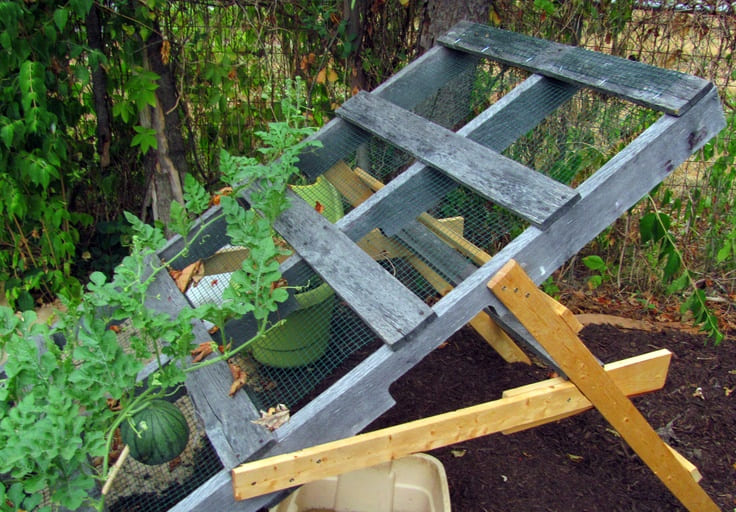
This is where the fun begins. Watermelons don’t continue ripening after harvest, so timing is key. Here’s how to tell when they’re ready after 70-90 days:
- The tendril closest to the fruit has dried and turned brown.
- The underside of the melon has turned from white to a creamy yellow.
- It makes a deep, hollow sound when thumped.
Harvest in the morning when the sugars are most concentrated, and chill before slicing for the juiciest bite.


